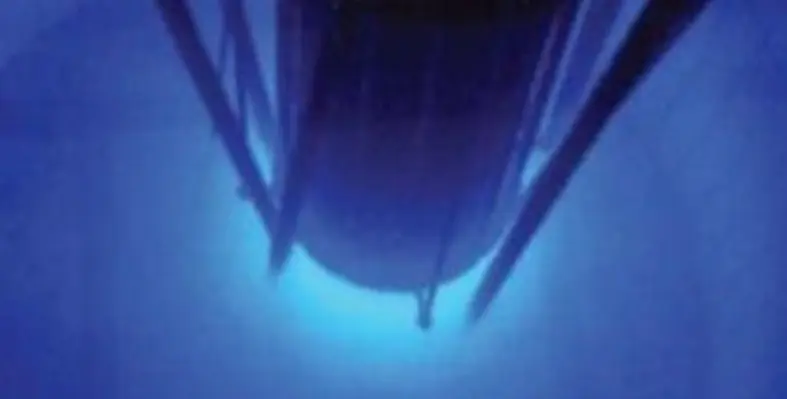Ghana has become the first of the five countries operating a Chinese-supplied Miniature Neutron Source Reactor (MNSR) to successfully convert and repatriate its irradiated HEU core to China
Ghana has successfully completed the conversion of its only research reactor from the use of high enriched uranium (HEU) fuel to low enriched uranium (LEU) fuel, in an international project supported by the IAEA to help decrease the proliferation risks associated with HEU fuel.
HEU is an ingredient that can be used to create a nuclear device intended for malicious use, and since 1978 various national and international activities have been underway to convert research and test reactors from the use of HEU to LEU fuel, with the aim of minimising and eventually eliminating the civilian use of HEU. The HEU fuel was repatriated to China.
The three-year project, which was a joint undertaking of the Ghana Atomic Energy Commission (GAEC), the China Atomic Energy Authority (CAEA), the U.S. Department of Energy’s National Nuclear Security Administration (DOE/NNSA) and the IAEA, was completed last week. Ghana has become the first of the five countries operating a Chinese-supplied Miniature Neutron Source Reactor (MNSR) to successfully convert and repatriate its irradiated HEU core to China.
“With this pioneer engagement Ghana demonstrated the feasibility of the MNSR conversion outside China,” said Kwame I. J. Aboh, Project Manager at GAEC. “We hope our model of conversion and repatriation can be applied in similar operations in other countries operating such facilities.”
The conversion from HEU to LEU reduces the enrichment level from over 90 per cent uranium to below 20 per cent, without affecting the reactor’s research capabilities. Therefore, GAEC is still able to maintain its scientific research, education, training and industrial applications based on nuclear facilities following the conversion.
“Ensuring the sustainability of MNSR operation with a LEU core was a key success factor of this project,” said Christophe Xerri, Director of the IAEA Division of Nuclear Fuel Cycle and Waste Technology. “This experience offers a good example of international cooperation to foster nuclear science and practical training while address nonproliferationtion concerns and delivering capacity building.”
To ensure successful knowledge transfer for future conversion projects, a mock-up MNSR vessel was built for operator training at the GHARR-1 facility. This has since been further developed into a full-scale MNSR Core Removal Training Centre (CRTC), available for training operators from other MNSR countries. “The National Nuclear Security Administration is a strong supporter of the CRTC concept,” said Dave Huizenga, Acting Deputy Administrator of Defense Nuclear Nonproliferation at NNSA. “This helps harness experience gained from the pilot project in Ghana and offers full-scale training possibilities for the MNSR operators facing similar challenges in the future.”
Two meetings were held in the summer of 2017 to capture lessons learned from the implementation of the project – which could benefit other reactors looking to convert to LEU fuel. “Outcomes of these meetings will build up the Ghana model and support similar operations in the future,” said Lixin Shen, Deputy Director General of China Atomic Energy Authority.
MNSR type research reactors were designed and manufactured by the China Institute of Atomic Energy, and the original design had a compact core with 30 kW thermal powers, containing about 1 kg of 90 per cent enriched HEU.






